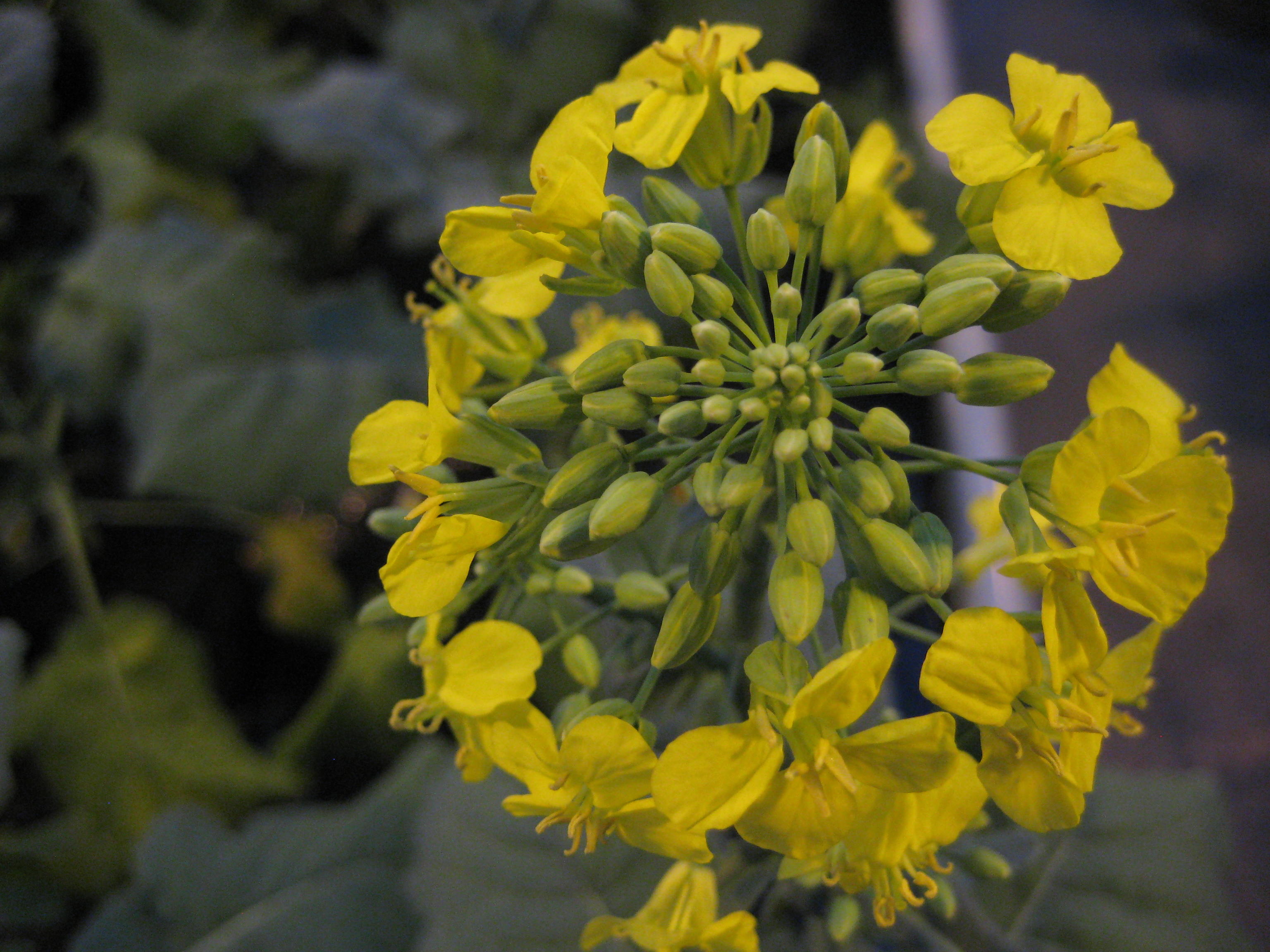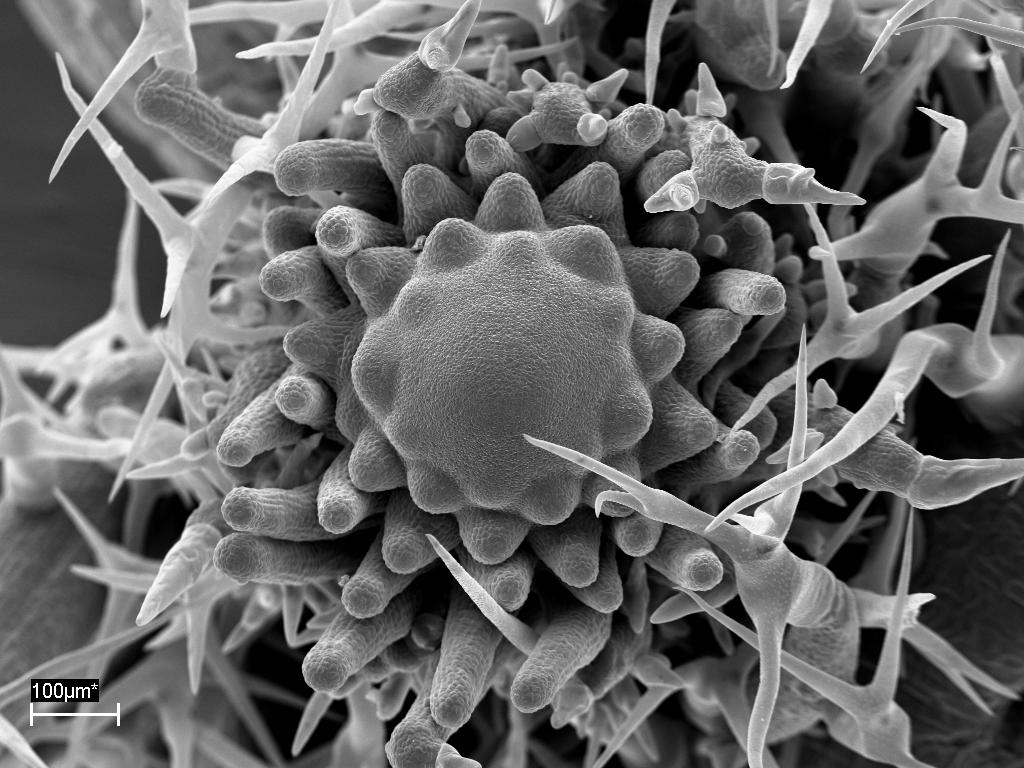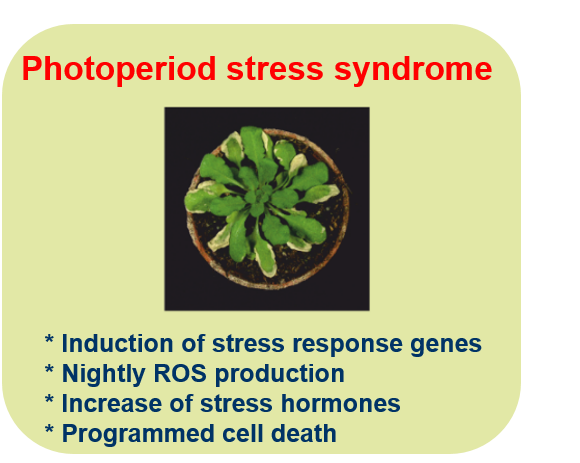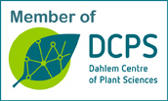test
Brenner, W., Romanov, G., Bürkle, L., Schmülling, T. (2005) Immediate-early and delayed cytokinin response genes of Arabidopsis thaliana identified by genome-wide expression profiling reveal novel cytokinin-sensitive processes and suggest cytokinin action through transcriptional cascades. Plant J. 44, 314-333. https://doi: 10.1111/j.1365-313X.2005.02530.x
Heyl, A., Ramireddy, E., Brenner, W.G., Riefler, M., Allemeersch, J., Schmülling, T. (2008) The transcriptional silencer ARR1-SRDX suppresses pleiotropic cytokinin activities in Arabidopsis. Plant Physiol. 147, 1380-1395. https://doi: 10.1104/pp.107.115436
Brenner, W.G., Schmülling, T. (2012) Transcript profiling of cytokinin action in Arabidopsis roots and shoots discovers largely similar but also organ-specific responses. BMC Plant Biol. 12, 112. https://doi: 10.1186/1471-2229-12-112
Brenner, W.G., Ramireddy, E., Heyl, A., Schmülling, T. (2012) Gene regulation by cytokinin in Arabidopsis. Front. Plant. Sci. 3, 8. https://doi.org/10.3389/fpls.2012.00008
Ramireddy, R., Pfeifer, A., Brenner, W.G., Heyl, A.*, Schmülling, T.* (2013) In planta analysis of a cis-regulatory cytokinin response motif in Arabidopsis and identification of a novel enhancer sequence. Plant Cell Physiol. 54, 1079-1092. https://doi: 10.1093/pcp/pct060
- Translational research: Regulation of seed yield by cytokinin
Seed yield is one of the most important traits in breeding of crop plants. We have shown that mutation of specific genes encoding cytokinin-degrading cytokinin oxidases/dehydrogenase (CKX) enzymes causes a substantial increase in seed yield in Arabidopsis. The yield-related traits that are regulated by cytokinin are the size and activity of the shoot apical meristem, the number of flowers and siliques that are formed, the density and number of seeds in siliques, and the duration of flowering time. Together, this underpins the relevance of sink strength in determining yield and identifies CKX genes as promising candidates for practical breeding. Recently, analysis of the orthologous CKX genes of oilseed rape (Brassica napus) has lend support for their potential role in determining seed yield. ckx3 ckx5 mutants showed more active inflorescence meristems and produced >50% more flowers with gynoecia containing more ovules on the main stem. We are currently exploring the individual contributions of B. napus CKX gene family members to regulate yield traits in oilseed rape. This project is led by Ireen Schwarz.
Recently, we have extended our analysis to barley (Hordeum vulgare), which is an important European cereal. This work is led by Jan Erik Leuendorf and carried out in collaboration with Joachim Kumlehn and Robert Hoffie, IPK Gatersleben.

An inflorescence of oilseed rape.
Original articlesBartrina, I., Otto, E., Strnad, M., Werner, T., Schmülling, T. (2011) Cytokinin regulates the activity of reproductive meristems, flower organ size, ovule formation, and thus seed yield in Arabidopsis thaliana. Plant Cell 23, 69-80. https://doi:10.1105/tpc.110.079079.
Bartrina, I., Jensen, H., Novak, O., Strnad, M., Werner, T., Schmülling, T. (2017) Gain-of-function mutants of the cytokinin receptors AHK2 and AHK3 regulate plant organ size, flowering time and plant longevity. Plant Physiol. 173, 1783-1797. https://doi:10.1104/pp.16.01903.
Schwarz, I., Otto, E., Marie-Therese Scheirlinck, M.-T., Bartrina, I. Schmidt, R., Schmülling, T. (2020) Cytokinin regulates the activity of the inflorescence meristem and components of seed yield in oilseed rape. J. Exp. Bot. 71, 7146-7159. https://doi.org/10.1093/jxb/eraa419 (This article has been highlighted: Jameson, P.E. & Song., J. (2020) Will cytokinins underpin the second ‘Green Revolution’? J. Exp. Bot., 71, 6872–6875. https://doi.org/10.1093/jxb/eraa447)
Werner, S., Bartrina, I., Novák, O., Strnad, M., Werner, T. Schmülling, T. (2021) The cytokinin status of the epidermis regulates aspects of vegetative and reproductive development in Arabidopsis thaliana. Front. Plant Sci. 12, 613488. https://doi.org/10.3389/fpls.2021.613488
- The role of cytokinin in the shoot apical meristem
Cytokinin regulates size and activity of shoot apical meristems through the WUS/CLV pathway. However, the relevance of meristematic subdomains and the transcriptional regulation of target genes are still to be explored. Recently, we have started a project to identify the role of cytokinin signaling in different domains of the shoot apical meristem. This project is led by Bernadette Eichstädt.

Enhanced cytokinin signaling increases
shoot apical meristem size of Arabidopsis (thesis E. Otto).
Rupp, H.M., Frank, M., Werner, T., Strnad, M., Schmülling, T. (1999) Increased steady state mRNA levels of the STM and KNAT1 homeobox genes in cytokinin overproducing Arabidopsis thaliana indicate a role for cytokinins in the shoot apical meristem. Plant J. 18, 357-363. https://doi:10.1046/j.1365-313x.1999.00472.x.
Bartrina, I., Otto, E., Strnad, M., Werner, T., Schmülling, T. (2011) Cytokinin regulates the activity of reproductive meristems, flower organ size, ovule formation, and thus seed yield in Arabidopsis thaliana. Plant Cell 23, 69-80. https://doi:10.1105/tpc.110.079079.
- Photoperiod stress, a novel abiotic stress in plants (project led by Anne Cortleven)
Several years ago, we have discovered that Arabidopsis plants respond to an extension of daylength by a strong stress response during the following night. Hallmarks of the photoperiod stress syndrome are an increased concentration of stress hormones and of reactive oxygen species (ROS). The stress response genes that are activated by photoperiod stress resemble those of the response to pathogens. Intriguingly, photoperiod stress treatment increases resistance to pathogens. It is thought that photoperiod stress is caused by malfunctioning of the circadian clock. Root-derived cytokinin alleviates and auxin increases photoperiod stress symptoms. This project is led independently by Anne Cortleven.

Hallmarks of the response to photoperiod stress.
ReviewsNitschke, S., Cortleven, A., Schmülling, T. (2017) Novel stress in plants by altering the photoperiod. Trends in Plant Sci. 22, 913-916. https://doi.org/10.1016/j.tplants.2017.09.005
Roeber, V.M., Bajaj, I., Rohde, M., Schmülling, T., Cortleven, A. (2021) Light acts as a stressor and influences abiotic and biotic stress responses in plants. Plant Cell Environ. 44, 645-664. https://doi.org/10.1111/pce.13948
Roeber, V.M., Schmülling, T., Cortleven, A. (2022) The photoperiod: handling and causing stress in plants. Frontiers in Plant Science 12, 781998. https://doi.org/10.3389/fpls.2021.781988
Original articlesNitschke, S., Cortleven, A., Iven, T., Feussner, I., Havaux, M., Riefler, M., Schmülling, T. (2016) Circadian stress regimes affect the circadian clock and cause jasmonic acid-dependent cell death in cytokinin-deficient Arabidopsis plants. Plant Cell 28, 1616-1639. https://doi:10.1105/tpc.16.00016.
Abuelsoud, W., Cortleven, A., Schmülling, T. (2020) Photoperiod stress induces an oxidative burst-like response and is associated with increased apoplastic peroxidase and decreased catalase activities. J. Plant Physiol., 153252. https://doi.org/10.1016/j.jplph.2020.153252
Frank, M., Cortleven, A., Novak, O., Schmülling, T. (2020) Root-derived trans-zeatin cytokinin protects Arabidopsis plants against photoperiod stress. Plant Cell Environm. 43, 2637–2649. https://doi.org/10.1111/pce.13860
Frank, M., Cortleven, A., Schmülling, T. (2022) The response to photoperiod stress in Arabidopsis thaliana depends on auxin acting as an antagonist to the protectant cytokinin. International Journal of Molecular Sciences 23, 2936. https://doi.org/10.3390/ijms23062936
Cortleven, A., Roeber, V.M., Frank, M., Bertels, J., Lortzing, V., Beemster, G., Schmülling, T. (2022) The transcriptomic landscape of the photoperiodic stress response in Arabidopsis thaliana resembles the response to pathogen infection. Frontiers in Plant Science 13, 838284. https://doi.org/10.3389/fpls.2022.838284
- Chemical priming of the plant stress response by cytokinin arabinosides
Cytokinin arabinosides (CK-A) are structurally similar to the plant hormone cytokinin but lack its growth regulatory activity. CK-As can induce pathogen-associated molecular patterns triggered immunity (PTI) in Arabidopsis thaliana (Bryksova et al., ACS Chem. Biol. 15, 1949–1963, 2020), indicating that CK-As might act as a chemical priming agent. Priming is the response of organisms to transient environmental (priming) stimuli in a way that prepares them for a better response to future stress. Priming may be caused by naturally occurring abiotic or biotic stresses; however, it can also be induced by chemicals. We are studying the ability of CK-As to prime Arabidopsis for defense against the hemibiotrophic pathogen Pseudomonas syringae pv. tomato DC3000 (Pst) and aim to elucidate the molecular mechanisms underlying priming by CK-As. This project is carried out by Martin Hönig (FEBS fellowship) in collaboration with the Department of Chemical Biology, Palacký University Olomouc.

Chemical structure of a
cytokinin arabinoside (CK-A).
Hilker, M., Schwachtje, J., Baier, M., Balazadeh, S., Bäurle, I., Geiselhardt, S., Hincha, D.K., Kunze, R., Müller-Röber, B., Rillig, M.C., Rolff, J., Romeis, T., Schmülling, T., Steppuhn, A., van Dongen, J., Whitcomb, S.J., Wurst, S., Zuther, E., Kopka, J. (2016) Priming and memory of stress responses in organisms lacking a nervous system. Biol. Rev. Camb. Philos. Soc. 91, 1118-1133. https://doi:10.1111/brv.12215
Hilker, M., Schmülling, T. (2019) Stress priming, memory and signalling in plants. Plant Cell Environm. 42, 753-761. https://doi.org/10.1111/pce.13526


